Image Archive






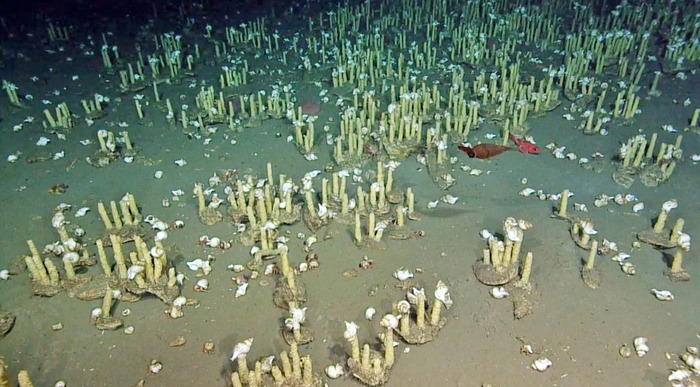




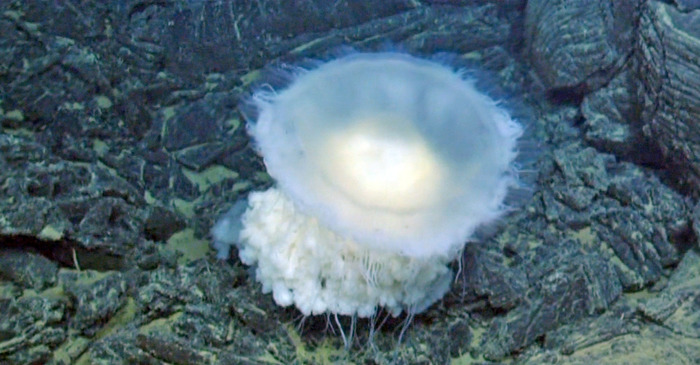




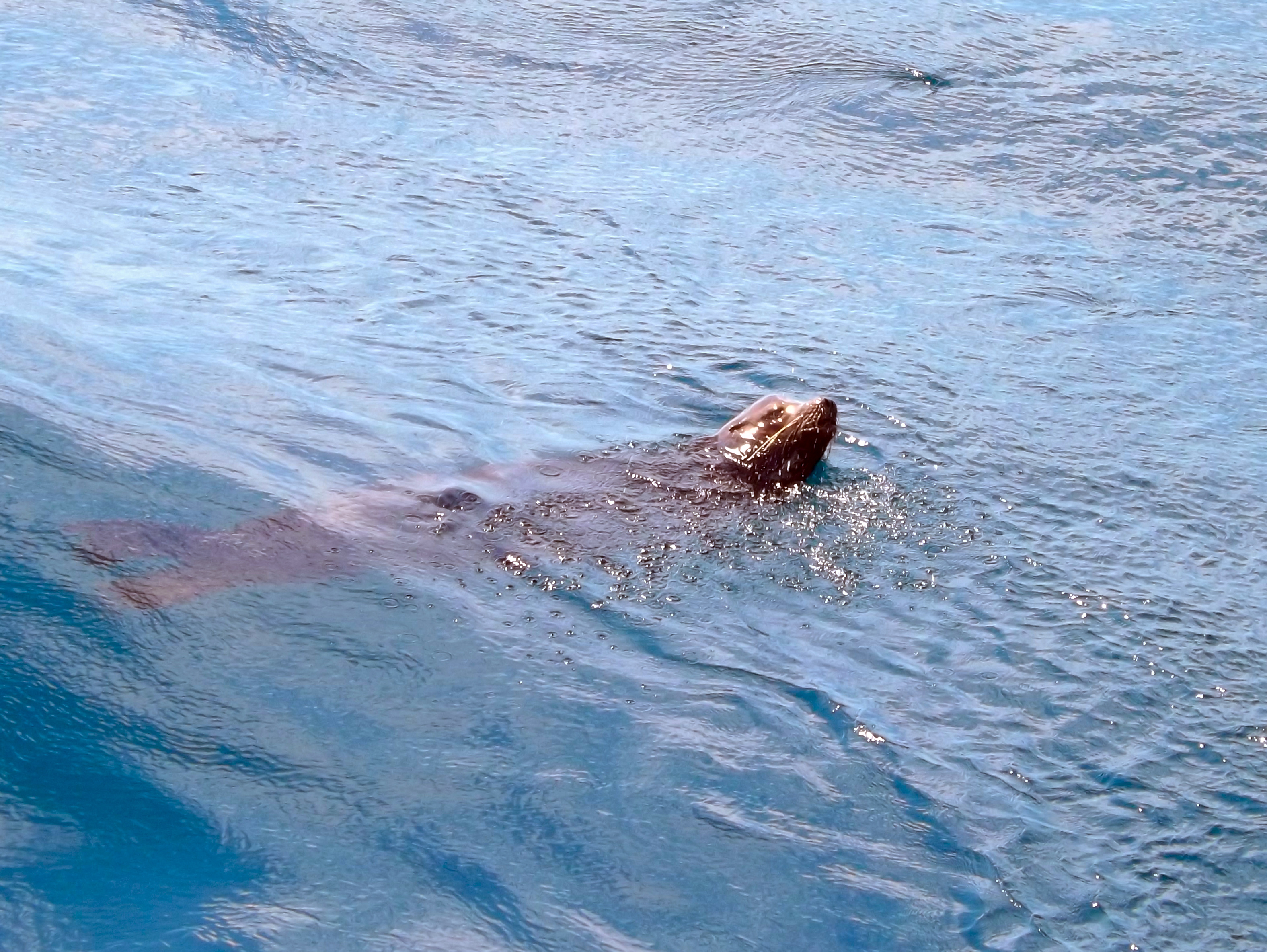
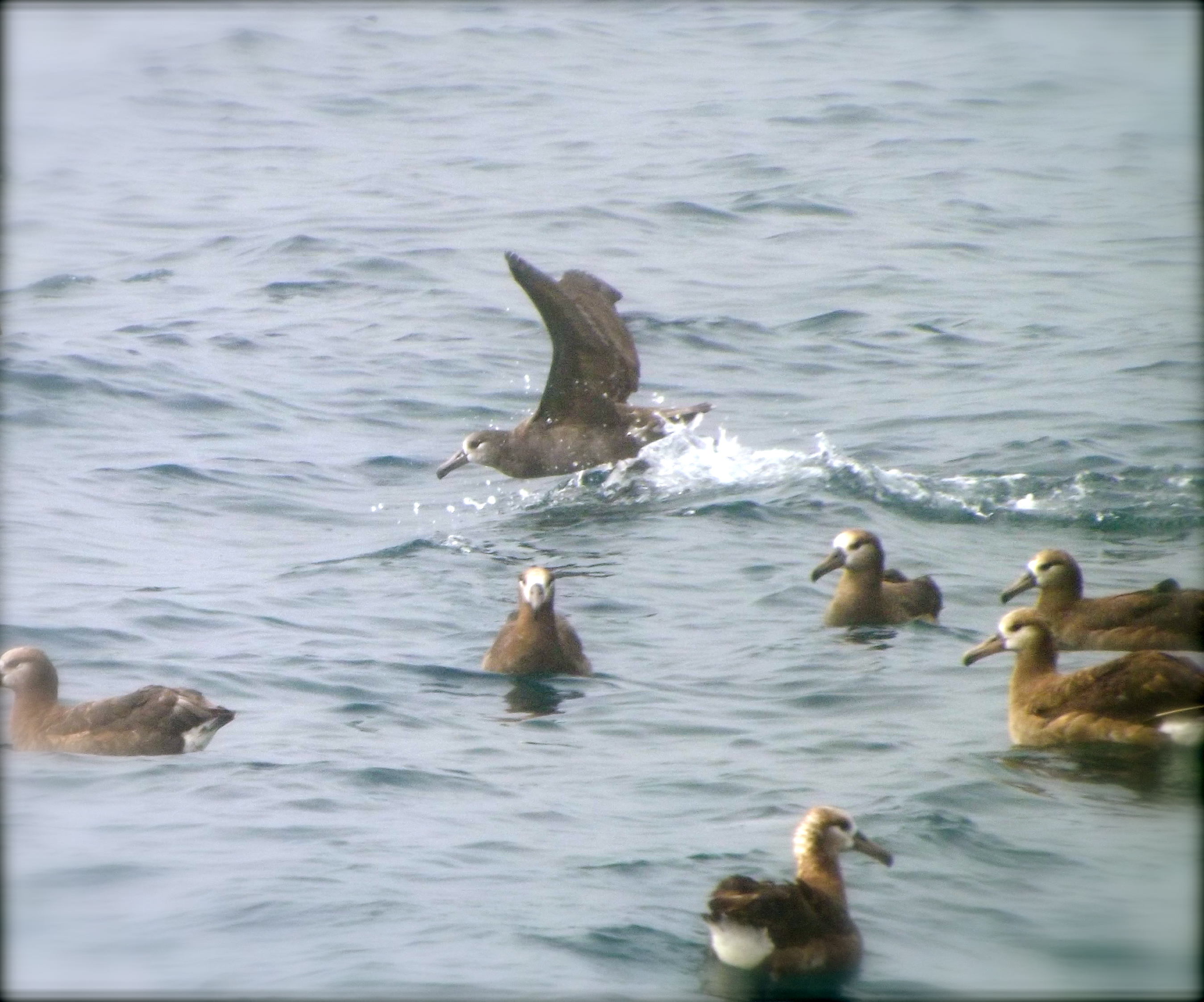









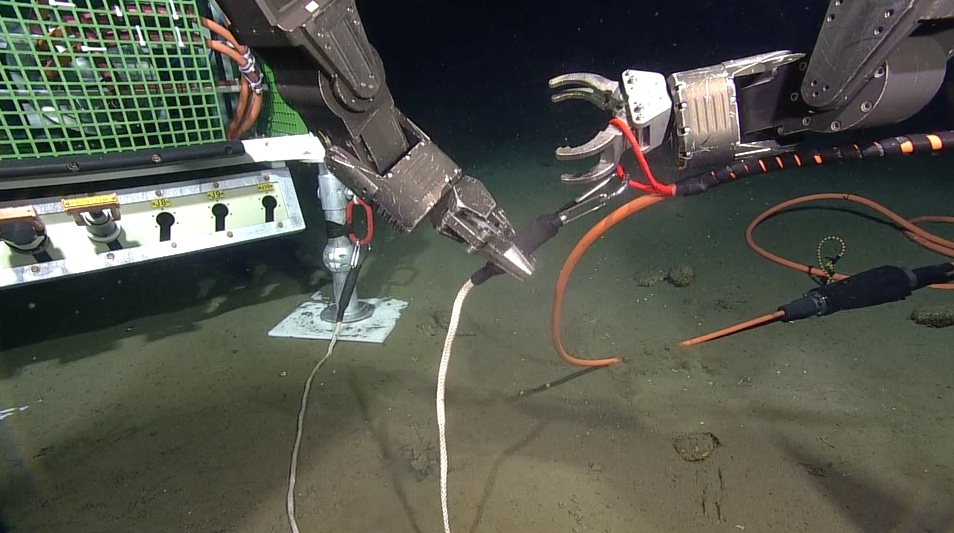

For more than an hour, Pacific White-Sided dolphins were playing in the waves alongside the R/V Thompson, while we were working off of Newport Oregon. Photo Credit: Kevin Simans, University of Washington; V14.

During the VISIONS'14 expedition, we have seen thousands of Velella Velella (By the Wind Sailors) that are typically 7 cm in length. Credit: Kevin Simans, University of Washington, V14.

Pacific White-Sided dolphins seem to enjoy the company of the R/V Thompson, often coming along side to "play" in the waves. Photo Credit. Kevin Simans, University of Washington; V14.

junk3_med

junk2_med

r1767highlights

A cranchiid squid (likely Taonius borealis) swimming over a field of Neptunea snails and their egg cases at Southern Hydrate Ridge. Credit: UW/NSF-OOI/CSSF

Hagfish (purple), red rockfish, crabs, and hermit crabs wander within the nusery for Neptunea snails laying eggs that form yellow stocks on carbonate cobbles. Southern Hydrate Ridge. Credit: UW/NSF-OOI/CSSF; ROPOS Dive R1766; V14.

The digital still camera (CAMDSB103) sits atop a small, heavilysedimented rampart in front of the actively venting methane seep Einstein's Grotto at the summit of Southern Hydrate Ridge. Credit: UW/NSF-OOI/CSSF; ROPOS Dive R1767; V14.

mooring.trash_med

A rockfish and hemit crabs hang out in a nursery of Neptunea snails at the summit of Southern Hydrate Ridge.The snail stalks rise from small carbonate cobbles. Photo credit: UW/NSF-OOI/CSSF; ROPOS Dive R1766; V14.

fried.egg_.jellyfish._med

A large red jellyfish swims gently by the ROV ROPOS at Axial Seamount.

jelly_med

A firery sunset ends the day on the R/V Thompson during the VISIONS'14 expedition. Photo Credit: Billy Medwedeff, University of Washington, V14.

A small pod of Pacific White-Sided dolphins grace the R/V Thompson ~80 km west of Newport Oregon. Credit: Billy Medwedeff, University of Washington. V14.

A sealion swims alongside the R/V Thompson during VISIONS'14 at the Oregon Offshore Site. Credit: Victoria Selesnick, University of Washington, V14.

Albatross watch the R/V Thompson during VISIONS'14. Credit: Victoria Selesnick; V14.

During dive R1674, the instrumented shallow winched profiler system was installed onto the platform at 197 m water depth on the tw-legged mooring. This marks a first of the OOI program. Photo credit: NSF-OOI/UW/CSSF; Dive R1764; V14.

The Platform Instrument Assembly (PIA) is hoisted off the deck of the R/V Thompson in preparation for the successful installation at the Oregon Offshore Site. It was installed in the early morning hours of August 30th. Photo credit: NSF-OOI/UW/CSSF; Dive R1763; V14.

pia.600m.good_med

Dive R1762 at the EA Oregon Offshore Site installed and connected a 120 m 'oily' cable between junction box LV01C and the base of the EOM cable for the two-legged shallow profiler mooring. Video credit: NSF-OOI/UW/CSSF; Dive R1762; V14.

Kornblum

The ROV ROPOS descends with the ROCLS cable laying system hosting extension cables that will be installed at Southern Hydrate Ridge to connect to seafloor seismometers. Photo Credit: Lauren Kowalski, University of Washington; V14.

Calm seas mark the horizong on Leg 4 of VISIONS'14. Photo Credit. Lauren Kowalski, University of Washington;V14

web.image_

r1761_highlights

r1760_highlights
- Anemone
- Animal
- Arthropod
- ASHES
- Axial
- Axial Base
- Axial Biology
- Axial Caldera
- Bacteria
- Basalt Lava
- BEP
- Biofouling
- biolgoy
- Biology
- Camds
- Camera
- Camhd
- Central Caldera
- Ciliates
- Cnidaria
- Coastal Biology
- Crab
- Deep Profiler Mooring
- Dive Highlights
- Eastern Caldera
- Echinoderms
- Endurance Array
- Engineering Team
- ENLIGHTEN 10
- Exploratorium
- Fish
- Geology
- HD Camera
- HPIES
- Hydrate Ridge
- Hydrates
- Hydrophone
- Hydrothermal Vents
- Illustration
- Inshore 80 Meters
- Instrument
- International District
- J-BOX
- Jason
- Jellyfish
- Junction Box
- K12
- Lava
- Mollusk
- Moorings
- Nodes
- Nudibranch
- Octopus
- OOI
- Oregon Offshore
- Oregon Offshore 600 m
- Oregon Shelf
- Oregon Slope Base
- People
- PN1B
- PN1D
- Polychaetes
- PPSDN
- Primary Node
- RASFL
- ROCLS
- ROPOS
- ROPOS Dives
- ROV Team
- RV Revelle
- RV Sikuliaq
- RV Thompson
- Salp
- Sample
- SC13
- Science Team
- Sea Cucumber
- Sea Star
- Sea Urchin
- Seafloor
- Seismometer
- Sensors
- Shallow Profiler Mooring
- Shark
- Shipboard
- Shore Station
- Slope Base
- Smoker
- Soft Coral
- Southern Hydrate Ridge
- Sponge
- Squid
- Students
- Students & Guest Participants
- Tmpsf
- Tubeworms
- VISIONS 11 Leg 1
- VISIONS 11 Leg 2
- VISIONS 11 Viewers
- VISIONS 13
- VISIONS 14
- VISIONS 15
- VISIONS 16
- VISIONS 17
- VISIONS 18
- VISIONS 20
- VISIONS 22
- VISIONS 23
- Visualization
